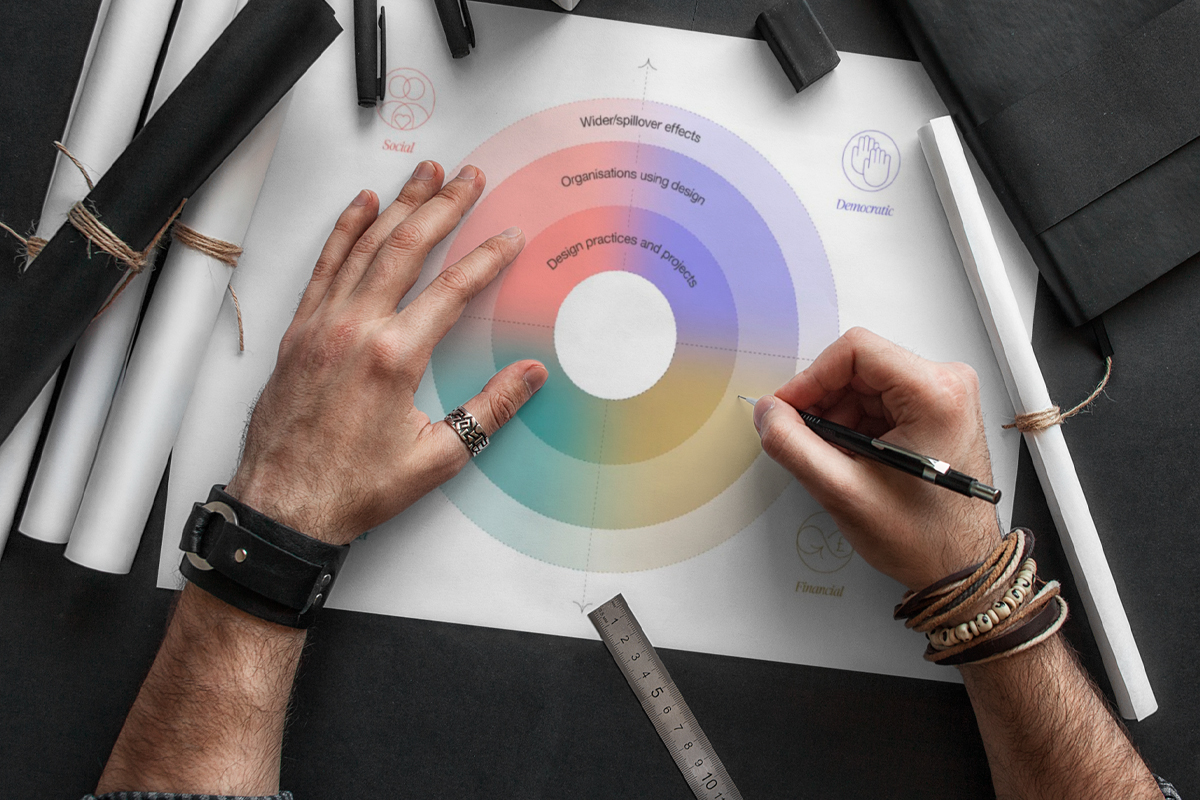In the fast-evolving realm of contemporary UX, the demand for personalized digital experiences has become a prevalent theme. As a UX professional navigating this data-driven landscape, it’s not uncommon to encounter requests to design personalized interfaces for public websites, user portals, or native applications. Despite the considerable buzz surrounding personalization platforms, there’s a noticeable gap in standardized approaches for their effective implementation. In this discussion, we assume a foundational understanding of digital personalization and explore common scenarios that often propel personalization projects.
These scenarios encompass diverse starting points, such as an organization or client investing in a content management system (CMS) or marketing automation platform (MAP), or key stakeholders, including the Chief Marketing Officer (CMO), Chief Digital Officer (CDO), or Chief Information Officer (CIO), setting personalization as a strategic goal. Other triggers include disjointed or ambiguous customer data, isolated targeting campaigns or A/B testing efforts, disagreements among stakeholders regarding personalization approaches, or the need to revisit user targeting practices due to customer privacy rules like GDPR.
Regardless of the project’s initiation point, successful personalization programs share common core building blocks, conceptualized here as “levels” forming a pyramid. These levels guide the personalization journey, encompassing the North Star, strategic goals, touchpoints, contexts and campaigns, user segments, actionable data, and raw data. Whether you’re a UX designer, researcher, or strategist, a comprehensive understanding of these levels enhances your ability to contribute effectively to the success of personalized UX initiatives.
Starting from the top of the pyramid, the North Star represents the overarching strategic objective driving the personalization program. It articulates the primary mission—whether it involves basic user inputs, self-contained personalization features, personalized user experiences across multiple interactions, or highly differentiating personalized product experiences. Each level casts a shadow of influence, with larger North Stars suggesting broader and more impactful personalization endeavors.
In subsequent sections, we will delve into each level, offering practical insights and examples to illustrate their significance in the personalization process. To make this exploration actionable, we’ve created a deck of cards that provides specific examples from each level. These cards serve as valuable tools during personalization brainstorming sessions, aiding UX professionals in generating ideas and fostering a deeper understanding of the intricacies involved in designing personalized digital experiences. Our goal is to empower UX professionals to navigate the complexities of personalization successfully and contribute meaningfully to the development of user-centric, personalized interfaces. We’ll commence this journey by exploring the North Star, examining its role and impact in shaping the overarching mission of a personalized UX program.













